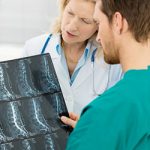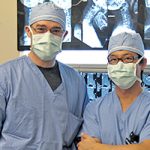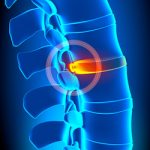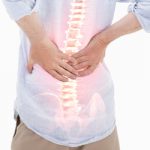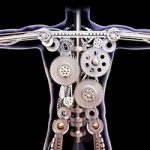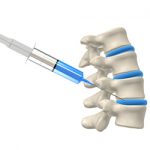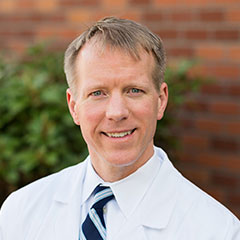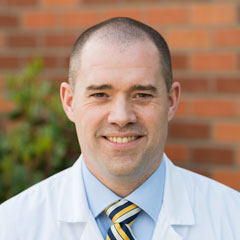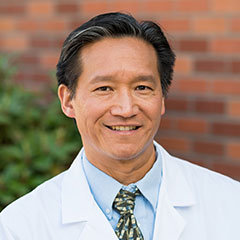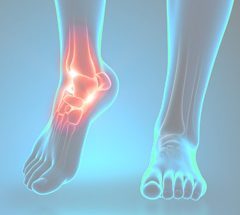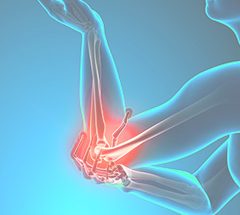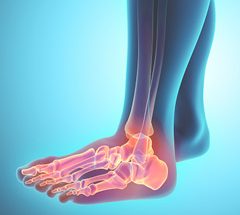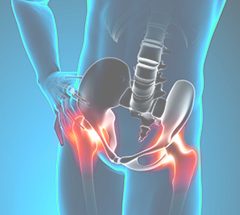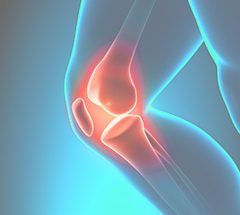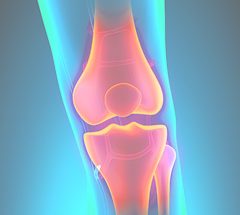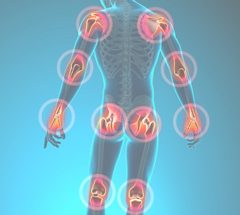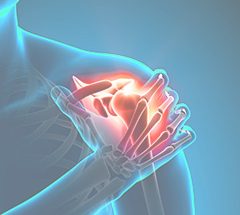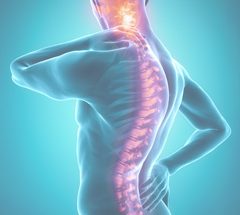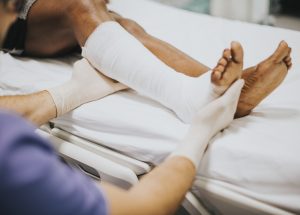Spine
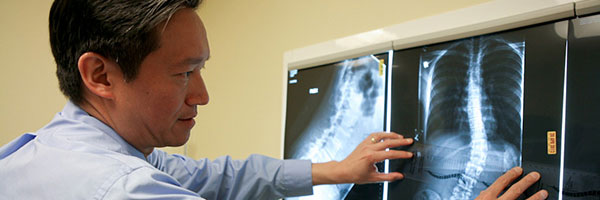
Spine conditions can lead to a variety of complications throughout the rest of the body and may greatly limit day-to-day functions. Many neck and spine injuries can be treated without surgery if they are evaluated and diagnosed by a medical professional as soon as possible. At our Seattle spine clinic, ProOrtho’s dedicated team of spine doctors works with each individual to provide specialized treatment plans.
Our ProOrtho and Seattle Minimally Invasive Spine Center physicians are experts in addressing:
- Spine Surgical Procedures
- Spine and Neck Post Op Instructions
- Back, Buttock, & Leg Pain
- Neck & Arm Pain
- Body Mechanics
- Spine Injections
Anatomy of the Spine
The spine is comprised of bones, muscles, spinal nerves, and other tissue from the neck to the pelvis. It has four main sections starting with the top portion by the neck (cervical), then moving down to the upper back (thoracic), lower back (lumbar spine), and the base of the spine and tailbone (sacrum and coccyx).
The spinal column is a stack of over 30 bones (vertebrae) held together by intervertebral discs between them. Intervertebral discs themselves act as shock absorbers within the column and are composed of two types of cartilage – the hardened outer part of the disc (annulus fibrosus) and the soft gel inside (nucleus pulposus). The spinal column holds our upper bodyweight and protects the spinal cord, which is what allows us to control different parts of the body and feel every physical sensation that we do.
What does a healthy spine look like?
Neck and spine conditions are becoming more and more common, especially with issues like tech neck on the rise. There are some simple guidelines to follow when checking your own spine health. Looking at the spine from behind, it should be completely straight without any curves to the left or right. However, when viewing the spine from the side, there should be curves inward at the neck and lower back, with some outward curve at the upper back. This curvature allows for flexibility, weight-bearing, and keeps the head aligned over the pelvis when sitting or standing.
Treatment Options
Spine treatment varies, depending on the cause and severity of injury and any other injuries, plus treatment plans for those. Most spine problems have non-surgical remedies; however, surgery is recommended if there are specific anatomical issues that can be corrected and your quality of life is disrupted. For example, slipped discs or herniated disks are commonly treated with minimally invasive techniques like microdiscectomy.
Our Seattle spine surgeons will likely conduct full physical exams, evaluating the head, chest, abdomen, pelvis, limbs, and anything else influenced by the spine. Imaging tests including X-ray, MRI, and CT scans are common, and since the spinal cord is integral to our ability to move or feel, doctors will also likely conduct neurological testing.
Our team of doctors are the best spine surgeons in Washington state because they are invested in helping each patient achieve a successful recovery, whether that’s through properly preparing you for spine surgery or post-op rehabilitation. Contact ProOrtho spine doctors today to learn more about spine care and live your life pain-free.
Spine Surgical Procedures
Learn about what is involved with a minimally invasive microdiscectomy procedure for a slipped disc or herniated disc in your lower back.
Seattle Minimally Invasive Spine Center
Our Seattle Minimally Invasive Spine Center (SMISC) is an integral part of ProOrtho. The specialists at SMISC are leaders in both non-operative spinal pain treatments as well as state-of-the-art minimally invasive spine surgery.
Spine & Neck Post Op Instructions
A successful recovery from spinal surgery depends in part on you the patient. Orthopedics International specialists will provide you with careful post-operative instructions before releasing you following back surgery or neck surgery.
Back, Buttock, & Leg Pain
Caused by normal wear and tear of the spine, herniated discs in the back can often be managed without surgery.
Neck & Arm Pain
Your cervical spine is made up of seven vertebrae. The discs between your vertebrae allow your neck to be flexible.
Spine - Body Mechanics
Spine care at the office can present many types of challenges to a worker who wants to prevent back and neck injury
Spine Injections
The membrane that covers the spinal canal and nerve roots in your spine is called the dura membrane.

